Traditional Chinese Medicine
Chinese Medicine consists of a set of traditional medicine practices developed over the thousands of years of its history.
It includes in its principles the study of the Yin/Yang dialectic, the theory of the Five Elements law and the energy circulation system through the meridians of the human body.
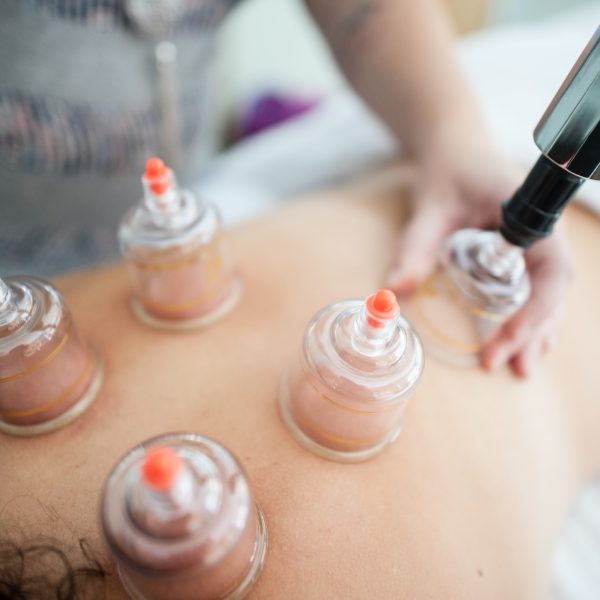
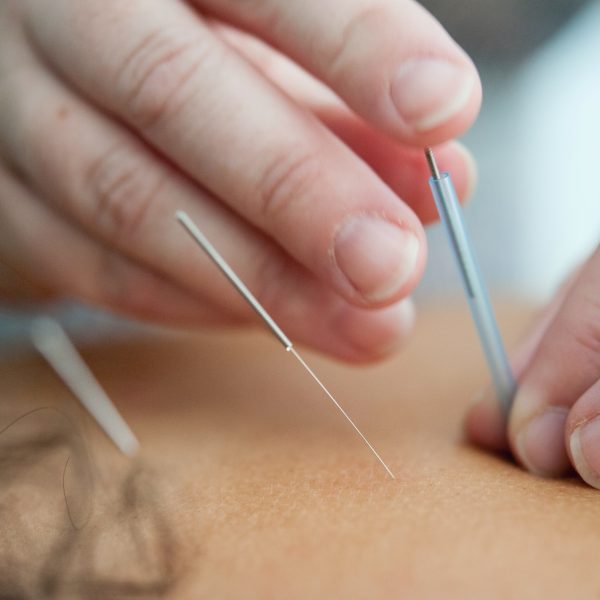
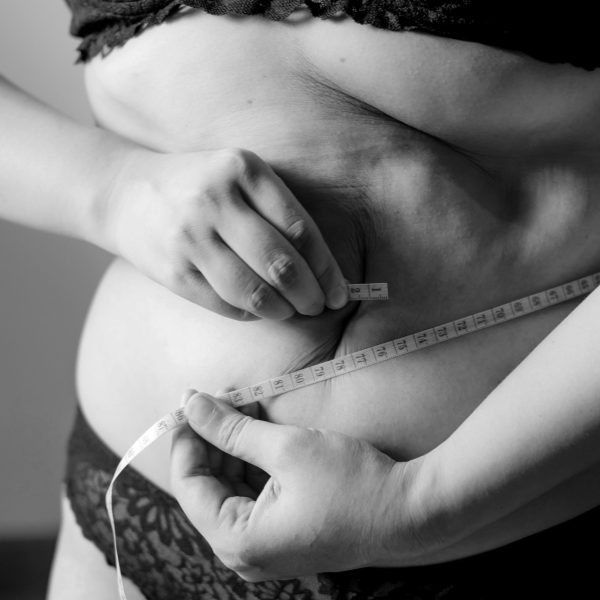
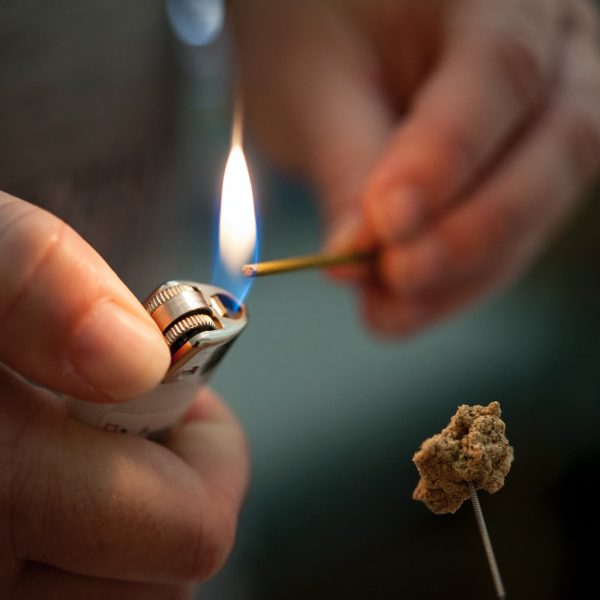

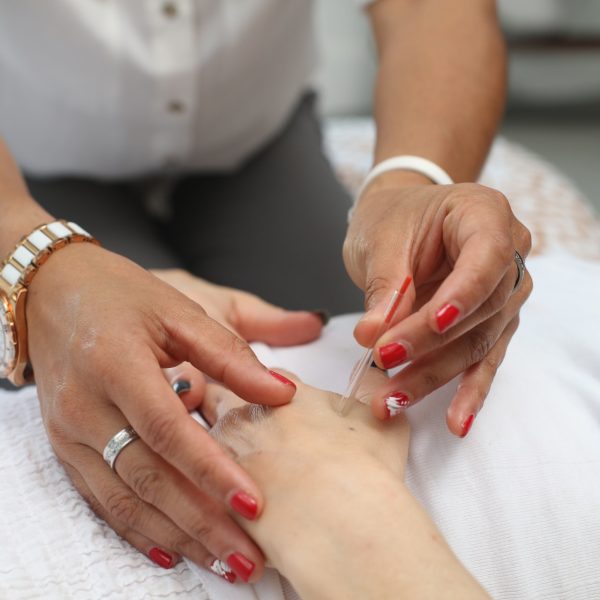



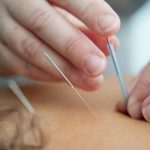
Insertion of needles in defined points of the body, distributed, essentially, on energetic circuits - meridians - with the objective of producing desired therapeutic effects.
Complementary Techniques:
Electroacupuncture;
Auriculopuncture;
TDP.
In these treatments the different systems are worked, such as the musculoskeletal system, the lymphatic system, the circulatory system, as well as the emunctors.
Fight against cellulite and even body relaxation.
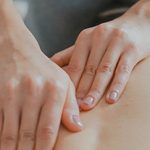
Tui Na uses massage techniques to stimulate or sedate the meridian points, aiming to balance the flow of energy through these channels.
Benefits:
– Energy and blood balance;
– Balance of organ functions;
– Balance of motor functions: increases joint mobility, strengthens the regeneration of the bone system, relieves muscle contractures, restores blood flow in paralyzed and tense muscles;
– Stimulates the release of toxins, fights stress and balances sleep.
The manipulation of Tui Na will affect not only the installed pathology, be it articular, bone or muscular, but also, and mainly, on the energy system, regulating any physical or emotional dysfunction.
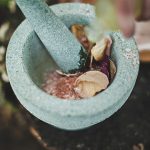
Branch based on the therapeutic virtues of Chinese medicinal plants.
A Chinese herbal medicine formula may include six or more plants and each one with well-defined objectives, ranging from preventing unwanted side effects to directing the main agents to the disease site.
Phytotherapy is the most important part of Traditional Chinese medicine.
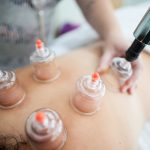
Complementary modality of treatment for local congestion through partially fabricated vacuum in Acupuncture areas or points.
Benefits:
– Control of the circulatory system: strengthens the breathing of the skin, blood vessels, facilitates gas exchange, cleaning the blood and rebalancing blood pH;
– Maintains muscle flexibility and removes fibrosis and adhesions;
– Relaxing effect: combats stress and its illnesses;
– Stimulates circulation within the joints and improves the performance and secretion of synovial fluids.
Indications: cough, flu, bronchitis, colic, constipation, indigestion, gastritis, migraine, insomnia, muscle pain, rheumatism, arthritis, low back pain, sciatica, torticollis, menstrual disorders, among others.

